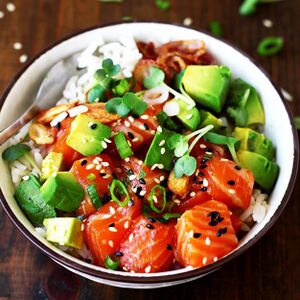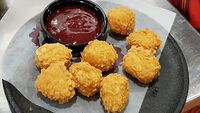Riamese Culture
The traditional culture of Riamo is the shared cultural and historical heritage of Riamo and its peoples, present in both the Metropolitan and culturally-associated lands, as well as on Ria-Towns across Anteria. The culturally-associated lands refer to the regions formerly occupied, partially controlled, or in any way influenced by the colonization process which was underwent by the Riamese Empire. As one of the oldest continuous cultures in the world, Riamese have passed down their traditional narratives in a variety of ways.[1] [2]
The culture of Riamo has changed greatly over the millennia, from the country's prehistoric Proto-Vultic period, to its contemporary modern culture, which absorbs influences from Astariax and other regions of the world.[1]
Historical overview
The ancestry of Riamese people remains mysterious; however, there are two competing hypotheses that try to explain the lineage of the Riamese people. [1]
Riamese culture was influenced from ancient times to the Middle Ages primarily by the multiple kingdoms that arose in the area and its subsequent dynasties, with substantial derivation from the Roses Dynasty, and to a lesser extent by other Eastern countries. Since the Victorian period and mainly due to globalization of the culture through the colonization process, Riamo has come to be influenced by both eastern and western countries.
Today, the culture of Riamo stands as one of the most influential cultures around the world, mainly because of the global reach of its popular culture and the direct influence imposed on conquered lands during imperial times.[2] [3] In 2021, Hoterallian newspaper Sanraizu Shinbun Report ranked Riamo's cultural influence as the highest in Astariax and 5th worldwide.
Gastronomy
Due to the varied nature of the country, Riamese cuisine varies vastly from one cultural region to another.
Central 'Metropolitan' Riamo
Central Riamese cuisine has been characterised and being the most varied gastronomy across the country, featuring uncountable styles and bases now so closely integrated with local culture that they are impossible to pick apart. Multiple authors have tried grouping plates based on ancestry, but with many being in fact hyprids of former millenium-old preparations, it has become quite an impossible task worth studying.
Plates worth global reconginition include the Beef Victoria, Brothoup, and Jam & Potato Meatballs.
Undoubtedly however, he most well-known plate from the area is the Cheese Palmites
Fubini and the Hotesphere
Fubini's gastronomy revolves strongly around Puffed Rice, a variant commonly harvested across southern Riamo and the Nostrian. Considered as one of the healthiest diets in Anteria, as well as the most healthy in the Nostrian Sea, Fubinese gastronomy commonly recurs to algae and fish to accompany rice in one way or another, with freshly cut vegetables, tropical fruit and tempura elements being characteristical as well.
Dishes of Hoterallian ancestry include multiple varieties of sushi and nigiris, from which makis and onigiris originate, as well as tofu-related dishes and rice noodles commonly known as ramen.
Locals would soon develop their own variations of multiple historical dishes, like the Poke, Tofu soup, Wakame salad and Fish tartar, with dishes like futomakis and oromakis being often referred to as being of local origin, a claim long withstood between Hoterallians and Fubinians.
Gavrilia and the Canteriosphere
See also
References
- ↑ 1.0 1.1 1.2 "Our Heritage". www.visitriamo.ri. Retrieved 9 May 2022.
- ↑ 2.0 2.1 "Riamo and its peoples". The Gazette. 8 May 2022.
- ↑ "Loxpool & Riamo". loxpool.visit.gov. 8 May 2022.



